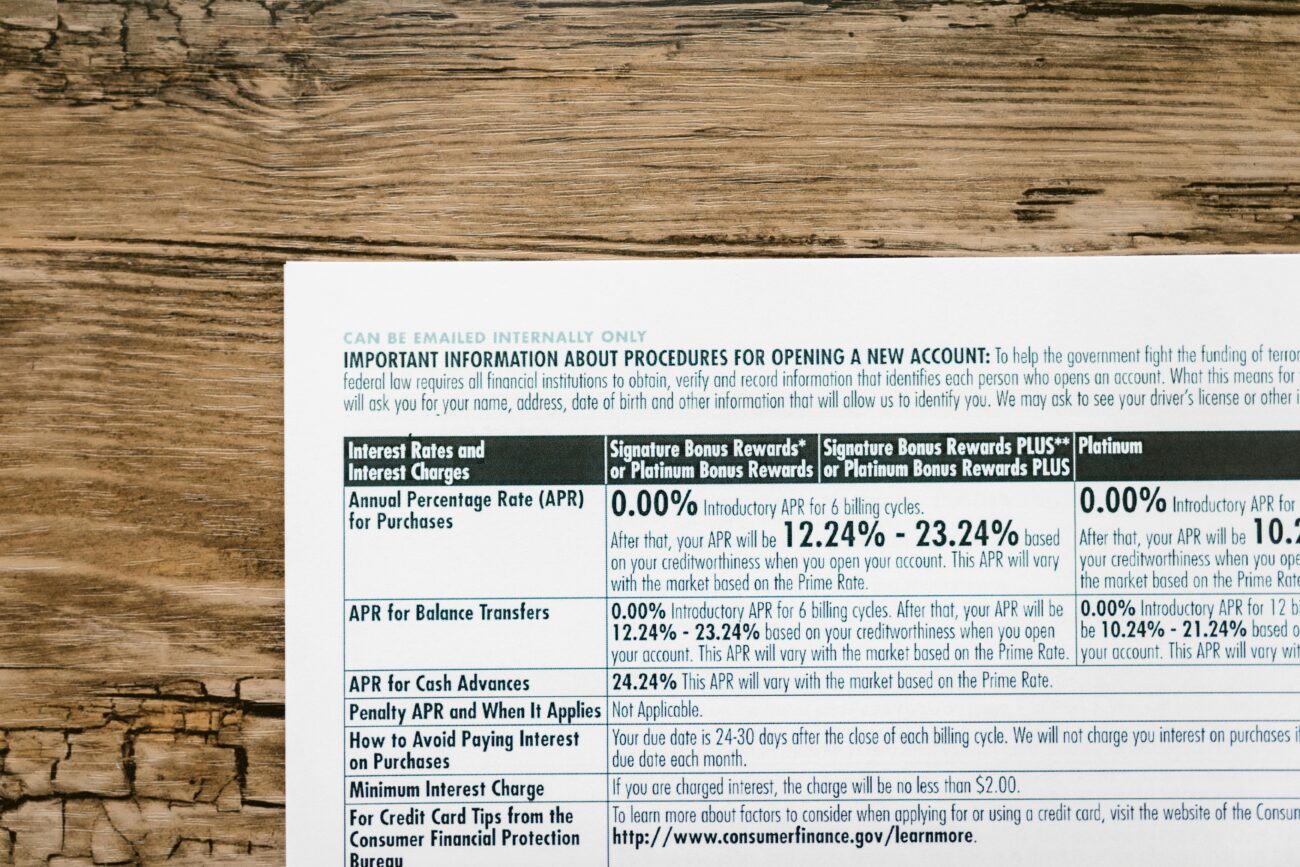Living in Flood Zone AE can feel daunting, especially when it comes to understanding insurance requirements. If your property is located in this designated area, it’s crucial to know what insurance policies you need to protect your home and assets. In this guide, we’ll break down all the essential information you need to effectively navigate flood insurance requirements.
What is Flood Zone AE?
Flood Zone AE refers to areas with a high risk of flooding, where there is at least a 1% annual chance of flooding. These zones are identified by FEMA (Federal Emergency Management Agency) and are crucial for determining insurance requirements.
Why is Flood Insurance Important?
- Protects Your Assets: Flood insurance offers financial protection against damage to your property from flooding.
- Lender Requirements: If your home is mortgaged, lenders often require flood insurance.
- Peace of Mind: Knowing you have coverage lets you live with confidence, regardless of the weather.
Basic Flood Insurance Requirements for Zone AE
Here are the fundamental requirements for obtaining flood insurance in Flood Zone AE:
1. National Flood Insurance Program (NFIP)
Most homeowners in Flood Zone AE are encouraged to get flood insurance through the NFIP, which sets standard policies and rates. To qualify, your community must participate in the NFIP.
2. Coverage Limits
FEMA mandates minimum coverage limits. For residential properties:
- Building Coverage: Minimum of $250,000
- Contents Coverage: Minimum of $100,000
3. Mandatory Purchase Requirement
If you have a federally backed mortgage in Flood Zone AE, you are required to carry flood insurance. Not adhering to this could lead to financial penalties.
How to Obtain Flood Insurance
Here are the steps you can take to secure flood insurance:
- Assess Your Risk: Check your flood zone status using FEMA’s Flood Map Service Center.
- Contact an Insurance Agent: Reach out to an agent who specializes in flood insurance—this ensures you understand your options.
- Fill Out the Application: Provide necessary details about your property including location, structure, and any past flood claims.
- Review Policy Options: Choose between building and contents coverage based on your needs.
Additional Considerations
Aside from basic insurance requirements, consider the following:
1. Elevation Certificates
An elevation certificate can significantly affect your insurance rates. It provides information on your property’s elevation versus the Base Flood Elevation (BFE).
2. Waiting Periods
Keep in mind there is usually a 30-day waiting period before your flood insurance policy becomes effective. Aim to plan ahead if you suspect a flood risk.
Helpful Resources and Links
For further information, you can check the following resources:
Understanding the flood zone AE insurance requirements is vital for homeowners living in these high-risk areas. By following this guide, you can take informed steps to protect your property. Don’t leave your assets unprotected—ensure your flood insurance is current and meets all relevant requirements.
If you have further questions or need assistance obtaining flood insurance, contact us today!
